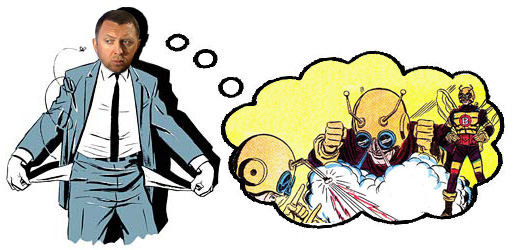
By John Helmer, Moscow
The disclosure of the costs Roman Abramovich incurred in defending against and defeating Boris Berezovsky’s claims — confirmed by an order of Justice Dame Elizabeth Gloster on October 12 — have turned out to be less for Berezovsky to pay than had been speculated in the press. But that’s because he had a contingency fee agreement (CFA) with his law firm, Addleshaw Goddard, which in turn carried an insurance policy. Berezovsky’s obligation to pay his lawyers depending on his winning. If he lost, as he did, Addleshaws’ insurer paid. The details of a “partial CFA deal with the client” have been reported in the London lawyer media.
What the order for Berezovsky to pay Abramovich £35 million ($56 million) also means is that Michael Cherney’s (Chernoy) legal bill for his similarly long, comparably complex and costly case against Oleg Deripaska was probably about the same amount. Consequently, it is possible to deduce how much Deripaska agreed to pay Cherney for the settlement they announced on September 27 – and how Deripaska financed the pay-out.
Here is the Abramovich’s agreement with Berezovsky on what his legal bill came to.
Lawyers in a position to speak authoritatively say Cherney’s London law firm Dechert does not accept contingency fee agreements like the one that let Berezovsky off Addleshaws’ hook. On the other hand, the £8 million fee taken by Abramovich’s lead lawyer, Jonathan Sumption (now a justice of the UK Supreme Court) was reportedly a British Bar record of sorts.
For purposes of calculating Deripaska’s liability towards Cherney, it is safe to count that Cherney’s bill from Dechert was at, or a little less than the Abramovich quantum. On top of that, the Cherney claim for Deripaska’s breach of their shareholding trust agreement and subsequent violation of his obligations to Cherney as a Rusal shareholder came to 13% of Rusal; plus his 13% share of Rusal dividends unpaid by Deripaska since 2001; plus Cherney’s share of the sales which Deripaska made of Rusal assets between 2001 and the present. The asset share may be accounted as part of Rusal’s net income, and thus part of the dividend distribution. These values were to have been calculated in a second proceeding by the UK High Court in the event that the first proceeding was decided by Justice Andrew Smith in favour of Cherney’s claim, and against Deripaska.
The big number in that quantum is considerably less now than when Cherney first launched his High Court case in November 2006, or when Rusal became a publicly listed company in January of 2010. That’s because the market value of Rusal shares is now a fraction of what it was. Here are those numbers at their approximate present value:
- Cherney’s 13% share in Rusal’s market capitalization on September 27, 2012, of $8.6 billion: $1.1 billion.
- Dividends owing since March 2001 – based on a 13% share of an estimated dividend pay-out between 2001 and 2008 of $5 billion: about $650 million, plus interest of 5% per annum equivalent to $260 million – total, $910 million.
- Aggregate liability of Deripaska to Cherney: $2.01 billion. According to the court papers, Deripaska had paid Cherney $250 million in cash in the first year of their agreement. So the balance unpaid by last month came to $1.76 billion.
Before the trial commenced in July, a preliminary court order added that “the Second Trial (if appropriate, depending upon the outcome of the First Trial) shall determine an assessment of quantum of damages and/or the precise form of any other relief.” This opened Deripaska up to Cherney’s claim that for all these years he has been intentionally damaging Cherney’s reputation. What that damage may have been worth was up to the judge to decide. Had Justice Smith ruled on Deripaska’s lack of veracity, as he had done in the Sovcomflot case on Sergei Frank, and as Justice Gloster had ruled on Berezovsky, then the quantum of damages might have been punitive, and so not a small number.
A source close to Dmitry Afanasiev, Deripaska’s chief lawyer and a director on the Rusal board, reports that some time ago Afanasiev had offered to settle with Cherney for a sum of between $200 million and $300 million. That then was the smallest number which Deripaska had been willing to pay. But at the time he had substantially more cash himself. Add Cherney’s court costs of about £35 million ($56 million), and the minimum likely settlement Deripaska has agreed with Cherney would have been about $300 million.
A source close to Rusal claims the settlement number is $500 million, payable in $100 million instalments.
Sources close to Deripaska claim that in order to pay this he would be obliged to borrow. Compared to the time before Rusal’s debt collapse in 2008-2009, Deripaska is less liquid; his personal indebtedness, like the company’s, remains substantial, and the value of the collateral securing his position with his creditors is much poorer. As Rusal has plummeted in value this year from a year high of HK$6.95 per share to a year low of HK$4.10 – a drop of 41% — Deripaska is likely to have had to stump up personal cash to meet margin calls from banks whose credits have been secured by his Rusal shares.
The sources also claim Deripaska’s fight over his non-compliance with his shareholder agreements with former Rusal board chairman Victor Vekselberg has sharply curtailed Deripaska’s capacity to draw on Rusal to cover his settlement with Cherney. Vekselberg is suing Deripaska at the London Court of International Arbitration.
According to the Rusal prospectus, issued to the Hong Kong Stock Exchange on December 31, 2009, Deripaska has admitted his shareholding in Rusal might be reduced substantially if he had to pay Cherney. “In the event that Mr. Cherney were to prevail on the merits, the essence of his claim would be for money from Mr. Deripaska. The quantum of the claim referred to above (in excess of US$4 billion in respect of 20% of RA, and 20% of 66% of UC RUSAL, plus possible additional amounts) has not yet been subject to judicial examination, and it is uncertain at this time how the quantum of the claim ultimately would be determined.”
“As noted above, given that (i) UC RUSAL is not a party to the litigation and (ii) the litigation is still at a very early stage, UC RUSAL is unable to express a view on the merits of Mr. Cherney’s claim. However, in the event that Mr. Cherney succeeds in his claim and obtains the relief he is seeking, then, unless Mr. Deripaska funds the judgment bill entirely from assets unconnected with the Group, Mr. Deripaska’s beneficial interest in UC RUSAL or (depending on the remedy granted) certain assets of the Group, such as a portion of UC RUSAL’s interest in RA, would be affected adversely by the claim. In such circumstances, such adverse effects could also have adverse consequences under the terms of the Group’s debt restructuring agreements. Mr. Deripaska’s beneficial interest in UC RUSAL would also be adversely affected if he financed any settlement of the claim through a sale of his beneficially owned shares in UC RUSAL.”
Since the settlement with Cherney three weeks ago, there has been no announcement from Rusal or from Deripaska on how the terms of the settlement may be affecting the nominal control stake of 47.41% which Deripaska claims in Rusal through his EN+ holding. Confidential though the terms of settlement are, they may be exposed if there has been a significant change in Deripaska’s stock position at Rusal; and if as a result of that, Vekselberg’s lawyers apply for a court order for their disclosure as part of the SUAL Partners proceeding against Deripaska in the London court. Through SUAL Partners, Vekselberg has 15.8% of Rusal’s stock. Mikhail Prokhorov has 17.02%. Together, they have almost 33%.
If Deripaska has funded the Cherney settlement with a loan collateralized by his Rusal shares, the confidentiality the two have signed will keep the terms secret from third party, public or press disclosure, but not from a court order. Deripaska is thus facing much the same risk from Vekselberg which propelled him to settle with Cherney last month: that’s the risk of disclosure of his relations with other stakeholders of Rusal and claimants on its cashflow, whose identities and claims he has kept secret, in order to preserve the appearance of his majority control.
On Rusal’s present market value, $300 million in cash would buy 3.5% of the stock; $500 million, 5.8%. No non-Russian bank will add to its exposure to Deripaska or Rusal at this point, so for a Russian state bank to lend Deripaska that much cash, the security required would probably be double; that’s 7% to almost 12%. None of this is certain, except for one thing – Deripaska’s shareholding control of Rusal isn’t stable.
And if his unpledged shareholding in the company was around 25%, as sources close to the company and its banks believed before the Cherney settlement, then it is possible today that Deripaska holds fewer shares than Vekselberg or Prokhorov – and almost certainly fewer than the two of them combined.


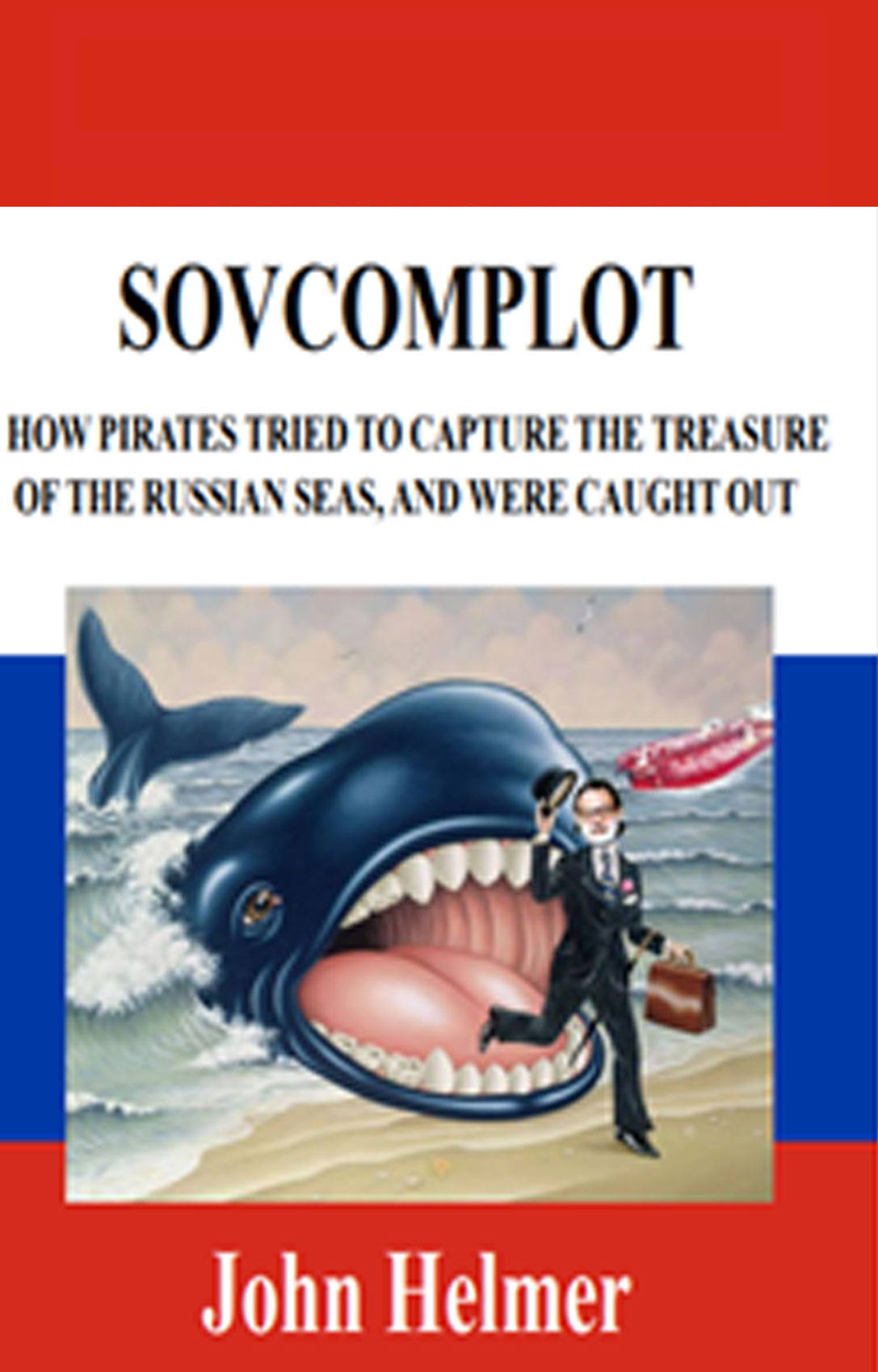

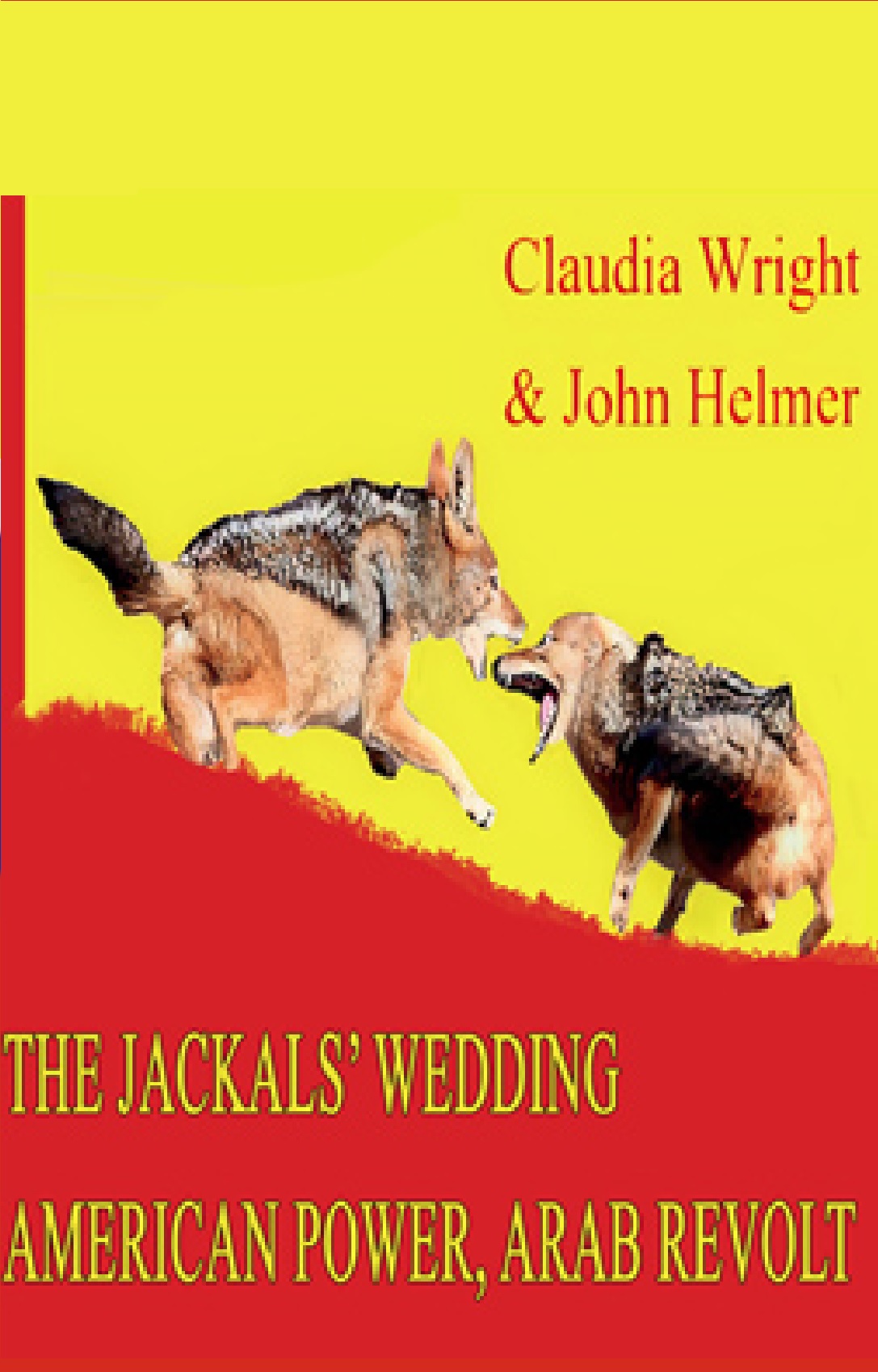

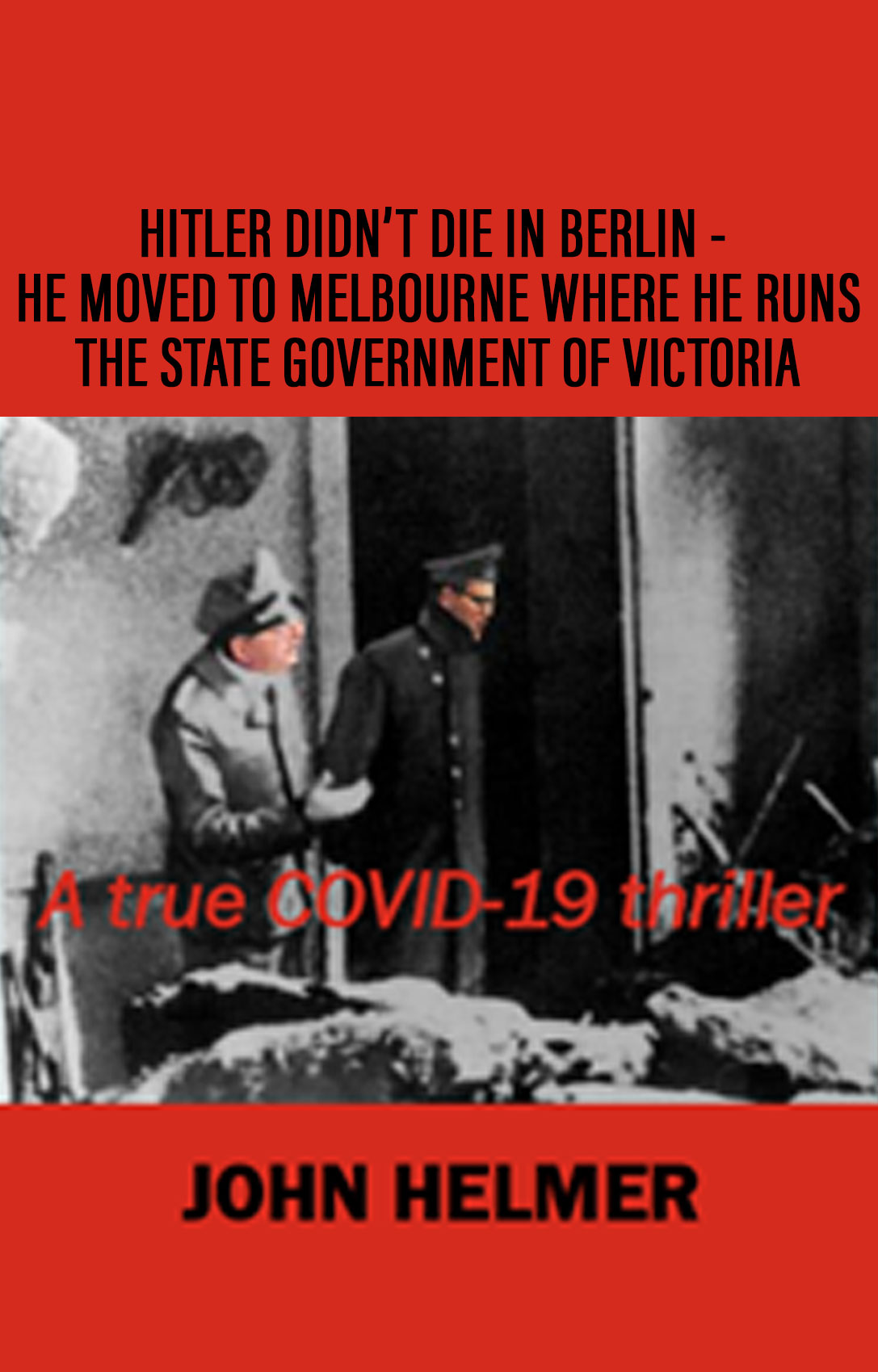
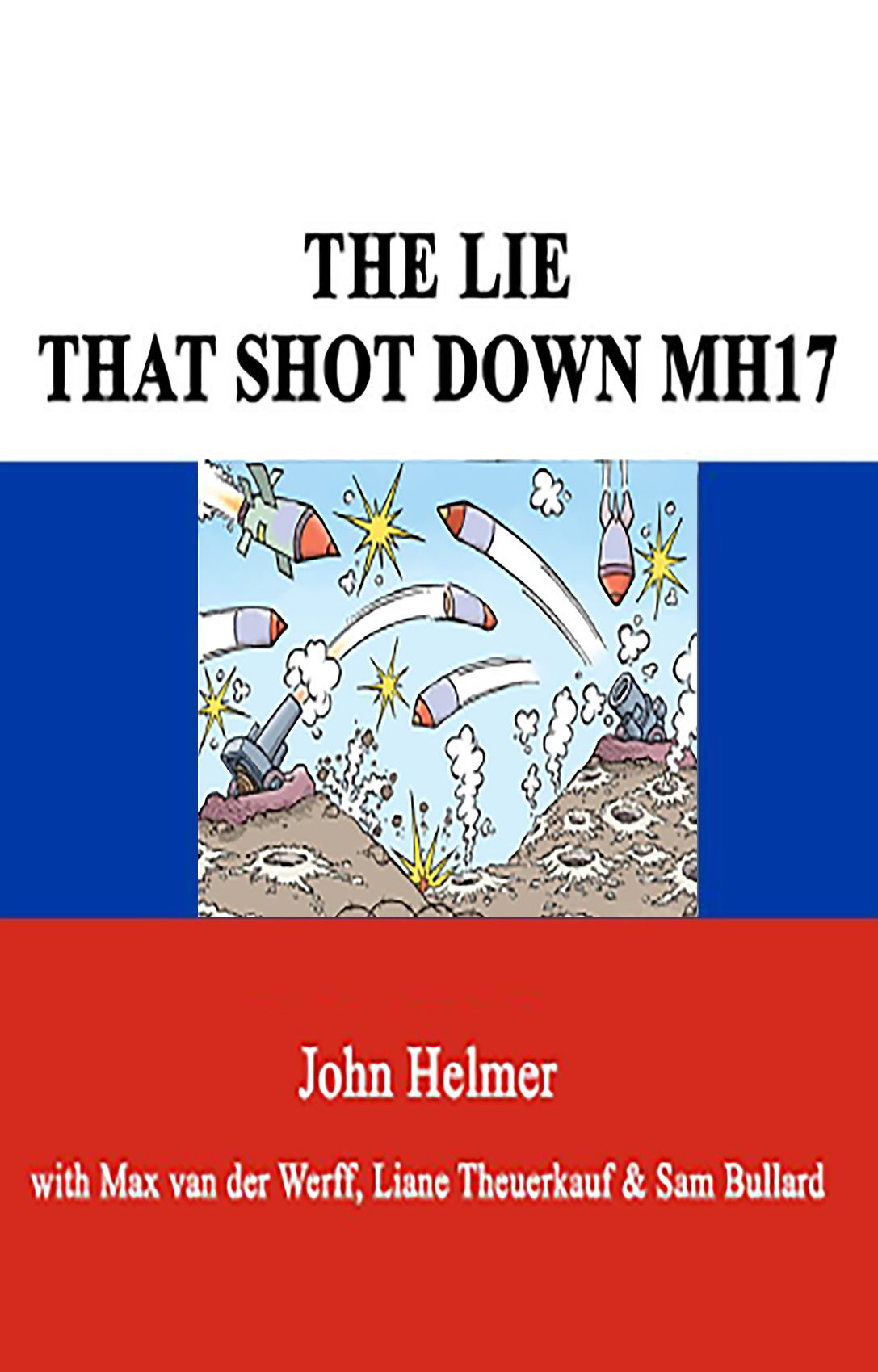
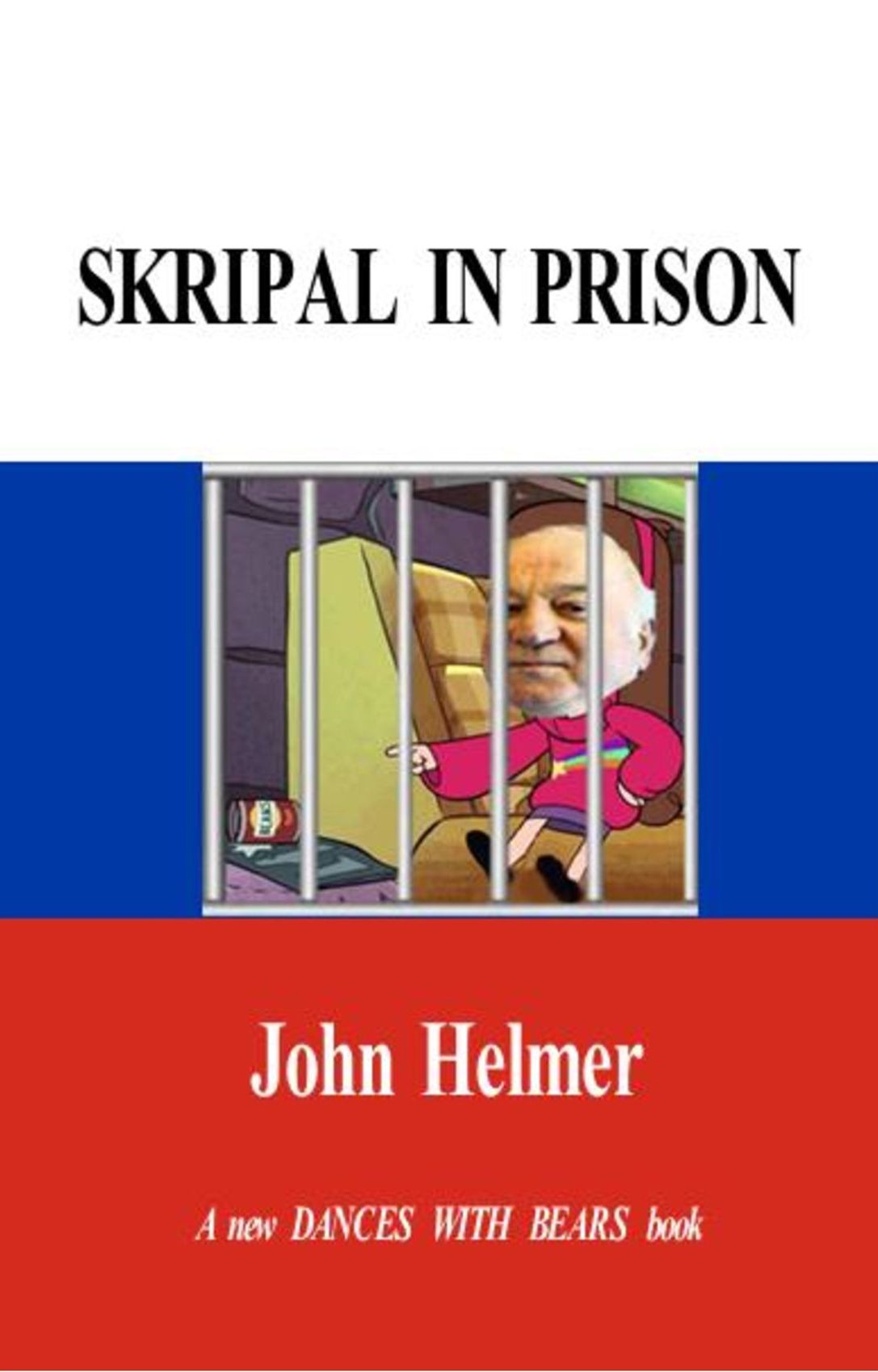
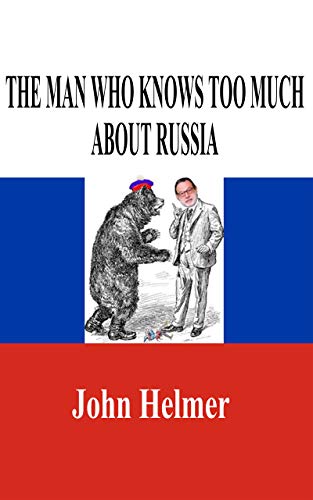

Leave a Reply